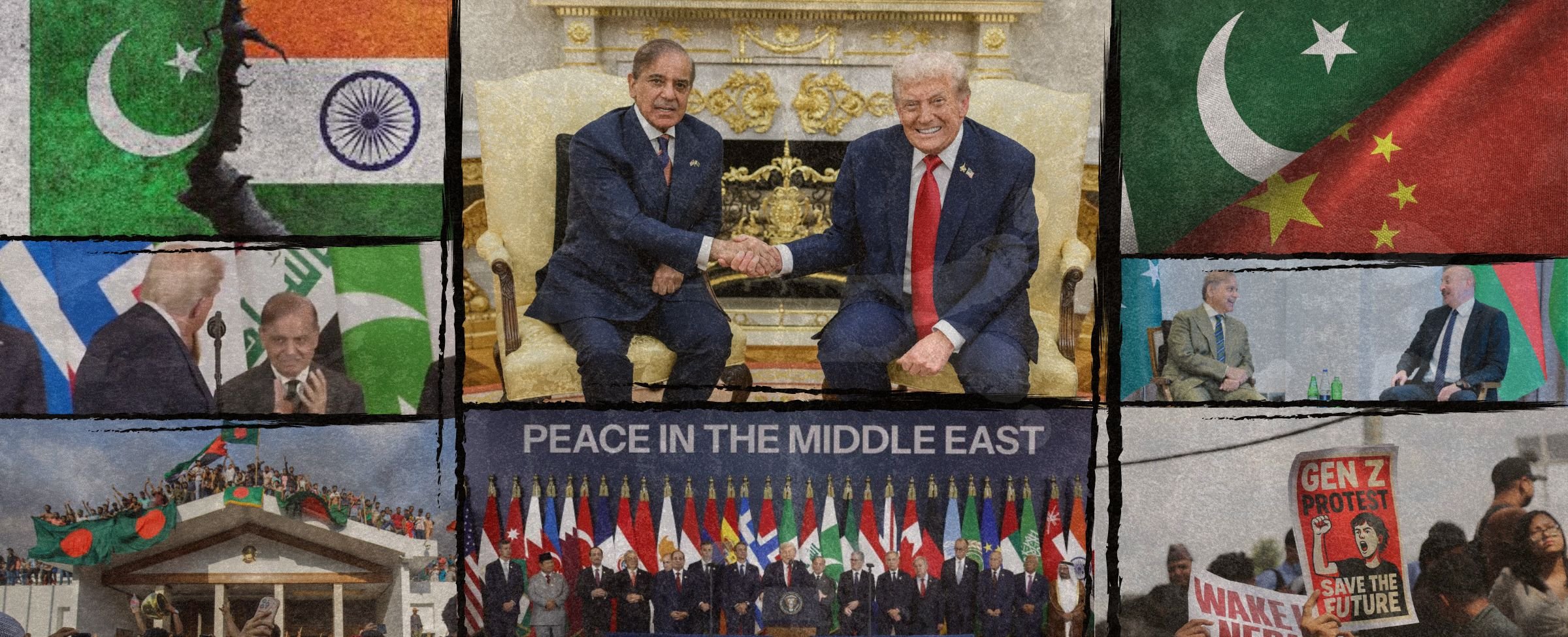What next as Pakistan navigates a rapidly tilting world order

The global geopolitical shift began in 2022 when Russia invaded Ukraine, reshaping Europe and forcing major powers to take sides. In South Asia, the change started the same year as Gen Z protesters toppled Sri Lanka’s Rajapaksa government. Their influence has grown since. In October 2023, Hamas attacked Israel, triggering the Gaza war and setting off wider geopolitical tremors across the Middle East. By 2024, Gen Z protesters had brought down another South Asian government — Hasina Wajid’s pro-India administration in Bangladesh.
This year, the changes in the global geopolitical landscape have escalated. However, it is most noticeable in South Asia and the Middle East. What mainly led to this change was the arrival of the Trump administration 2.0 in the United States. Soon after assuming the Oval Office, American President Donald Trump stunned the world with radical actions. Some observers had seen them coming, but the force they came with was overwhelming. He unleashed a plethora of executive orders and other measures aimed at improving American lives, in line with the slogan "Make America Great Again", also known as MAGA.
This opened floodgates of unwanted changes across the globe — unwanted because the US had been acting quite the contrary before, and countries across the world were familiar with that US, not the one led by Trump in his second term. Pakistan found itself confused in the beginning, unsure whether the new Trump administration would be welcoming, as Trump levied tariffs and launched a wave of insulting attacks against both his allies and foes, but Pakistan had no other option than to tread carefully and adapt to Trump’s leadership style.
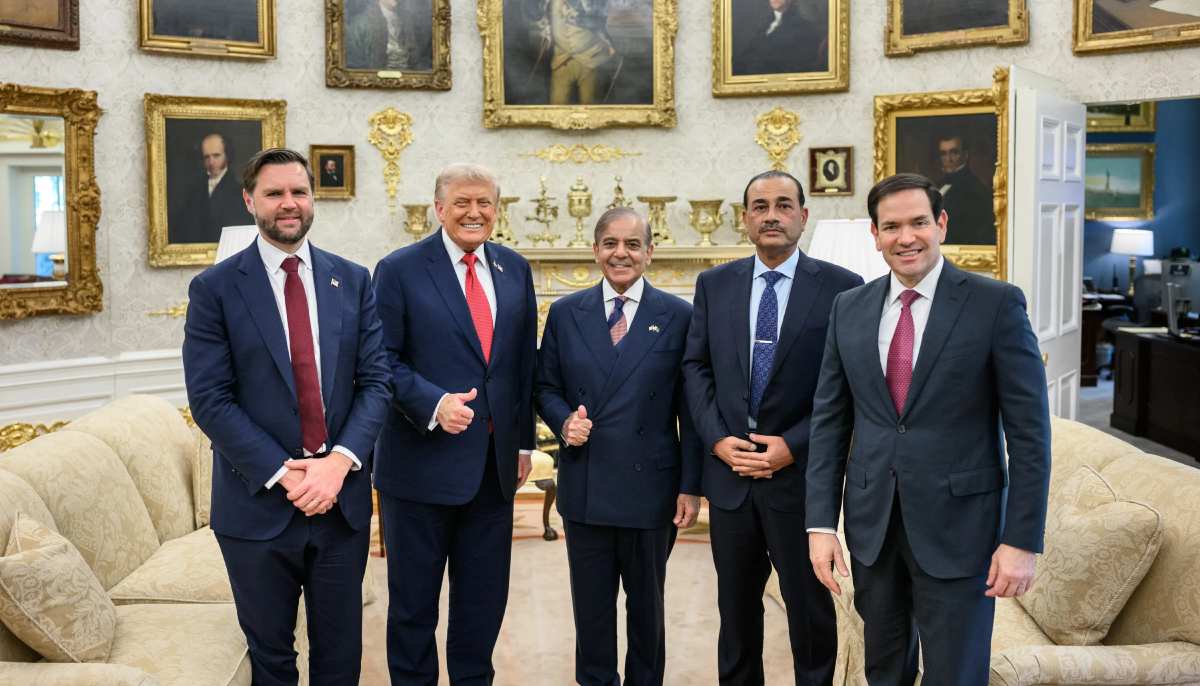
The question is: where does Pakistan stand in this changing geopolitical landscape? Farhan Jaffery, a global affairs expert and consultant at the Midstone Center for International Affairs, told Geo.tv, "Pakistan stands at a crossroads in a rapidly evolving South Asian geopolitical landscape, one that presents not only challenges but also substantial opportunities for national renewal and strategic leverage."
Pakistan, a country of approximately 250 million people and the only Muslim nuclear power, has long benefited from its strategic location and the region’s geopolitics. It remains largely underdeveloped and politically unstable, and came very close to default in 2023, saved only by a bailout package from the International Monetary Fund (IMF). Nobody believed that a country in such poor shape would ever receive the kind of global importance it enjoys now.
A brief but decisive war with India in May this year changed Pakistan’s geopolitical fortunes and pushed it back into strategic prominence, while India suffered only humiliation. Trump, once Indian Prime Minister Narendra Modi’s close friend, mocked India repeatedly, bringing up how he stopped the war between the two countries and how jets “brand new beautiful jets” were downed. The downing of the fighter jets has become a point of embarrassment for India. Trump also imposed heavy tariffs on India and raised the fee of the H1B visa to $100,000, dealing a major blow to the country as most such visa holders in the US are Indians.
They May war may have ended with a clear victory for Pakistan, but it does not mean India’s hegemonic designs have also been put to rest forever.

Ambassador Dr Major General (retd) Raza Muhammad, an international and geopolitical affairs expert and former president of the Islamabad Policy Research Institute (IPRI), said, "India cannot be trusted; therefore, we must remain prepared — as ever — to swiftly and lethally respond to any acts of aggression from India."
"Regardless of India’s aggressive designs and the animosity embedded in the unjust Radcliff Award, Pakistan has persevered, progressed, and defended itself very well over the past several decades.
"Pakistan’s May 2025 counter-offensive, which paralysed the Indian high command, has amply demonstrated this, and Pakistan will continue to deal with Indian hegemony, arrogance, and Indian-sponsored terrorism in a befitting way in the future as well," General Muhammad, however, emphasised.
In another geopolitical twist in June, Israel attacked Iran, targeting the latter’s military leadership and nuclear facilities. The conflict, which lasted for at least two weeks, was feared to spiral across the Middle East and beyond. However, a ceasefire was eventually reached. After the war ended, Iran’s leadership visited Pakistan to discuss security and other ties. Their visit was reportedly inspired by Pakistan’s victory over India in the May war, highlighting the strategic importance Pakistan gained following the conflict.
After Israel dismantled Iran’s known nuclear facilities, many expected restraint, but Prime Minister Benjamin Netanyahu had other plans. On September 9 this year, Israel launched an attack in Doha, Qatar, hitting Hamas leadership that was attending indirect peace talks with Tel Aviv. This attack on a sovereign Middle Eastern nation that is a very close ally of Washington sparked a regional diplomatic crisis. In the wake of the audacious attack that sent shockwaves across the region, Saudi Arabia, seeking to boost its security, engaged Pakistan. Both countries signed a strategic defence pact highlighting Pakistan’s growing military significance and allowing it to extend its influence in the Middle East.

According to Jaffery, the Saudi-Pakistan defence pact, formally the Strategic Mutual Defence Agreement (SMDA), has introduced a significant shift in Pakistan’s strategic footprint in the Middle East.
"The pact commits the two countries to treat aggression against one as aggression against both.
"This is more than a symbolic reiteration of longstanding ties: it signals Pakistan’s elevation from a sympathetic partner in Gulf security to a direct actor in the region’s defence architecture."
Pakistan’s strategic gains after its victory over India and regional upheavals have coincided with growing interest in the country’s mineral wealth. In September, Pakistan signed an MOU with the US firm United States Strategic Metals (USSM) to invest in its critical minerals sector, and soon shipped its first batch to the US. Japan has also expressed interest in investing in these projects.
Uzair Younus, an economist and geopolitical expert, says the critical minerals sector and the buildout of an entire supply chain around mining is an opportunity, but it will require sustained efforts over years, if not decades.
Pakistan’s Chief of Army Staff (COAS) Field Marshal Syed Asim Munir, also undertook significant official visits to the US, underscoring Pakistan’s growing importance and US interest in the country. Trump has developed a personal liking for the field marshal, which he has expressed on several occasions, most recently at the Gaza Peace Summit in Egypt. Coupled with Trump’s desire to retake the Bagram Airbase in Afghanistan, it becomes clear that the US is keen to re-establish its presence in the region. Pakistan, having strong influence in the territory, may be requested to assist in this project; however, the initiative carries both risks and opportunities.
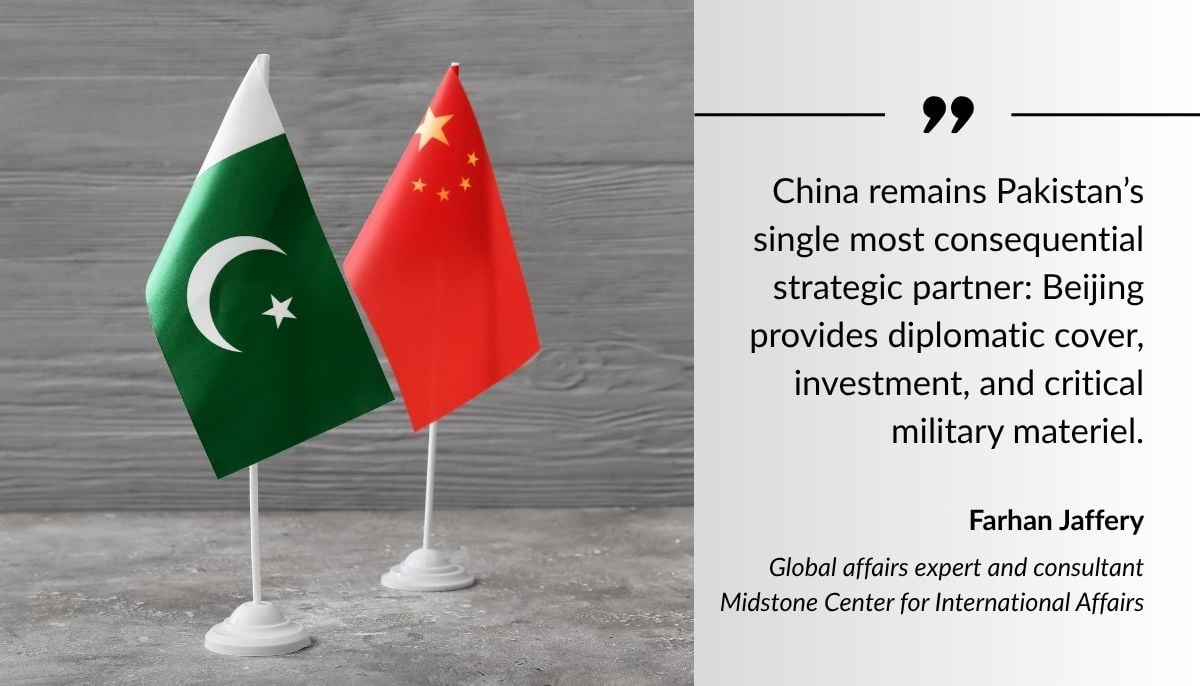
General (retd) Muhammad notes that for Pakistan, it could be a challenge as well as an opportunity. “Challenge: if it triggers violent reactions from the people or anti-US elements, it may spill over into Pakistan or trigger an exodus of Afghans into the country.
“Opportunity: in the backdrop of improved US-Pakistan relations, including economic cooperation and mineral extraction, US presence in Afghanistan may help control terrorists using Afghanistan as a sanctuary and launchpad.”
“Although the Trump administration has currently established close ties with Pakistan, Islamabad must tread carefully.
Yunus however warns that the Trump administration is highly transactional. “If Washington feels Pakistan is not fully delivering on its commitments, bilateral ties can quickly sour,” he said.
Pakistan’s ties are expanding not only with the US but also with China. The country’s army chief has visited China multiple times, and Prime Minister Shehbaz Sharif attended the Shanghai Cooperation Organisation (SCO) summit in September in Tianjin, China.
The second phase of the China-Pakistan Economic Corridor (CPEC) was also formally launched that same month. While China’s relationship with Pakistan is strengthening, it remains unclear whether it will maintain the same momentum, as ties between the two countries have previously hit lows.
“China remains Pakistan’s single most consequential strategic partner: Beijing provides diplomatic cover, investment, and critical military materiel.
“But even that relationship shows strains and recalibration; some marquee CPEC projects have been slow or re-scoped, Chinese firms have become more cautious after security incidents, and Beijing is sensitive to instability along the Pakistan-Afghanistan border because it affects its own security interests.
“That means Pakistan’s dependence on China is real, yet China’s posture is pragmatic: Beijing is willing to help, but expects Islamabad to manage the security and economic environment that protects Chinese assets,” noted Jaffery.
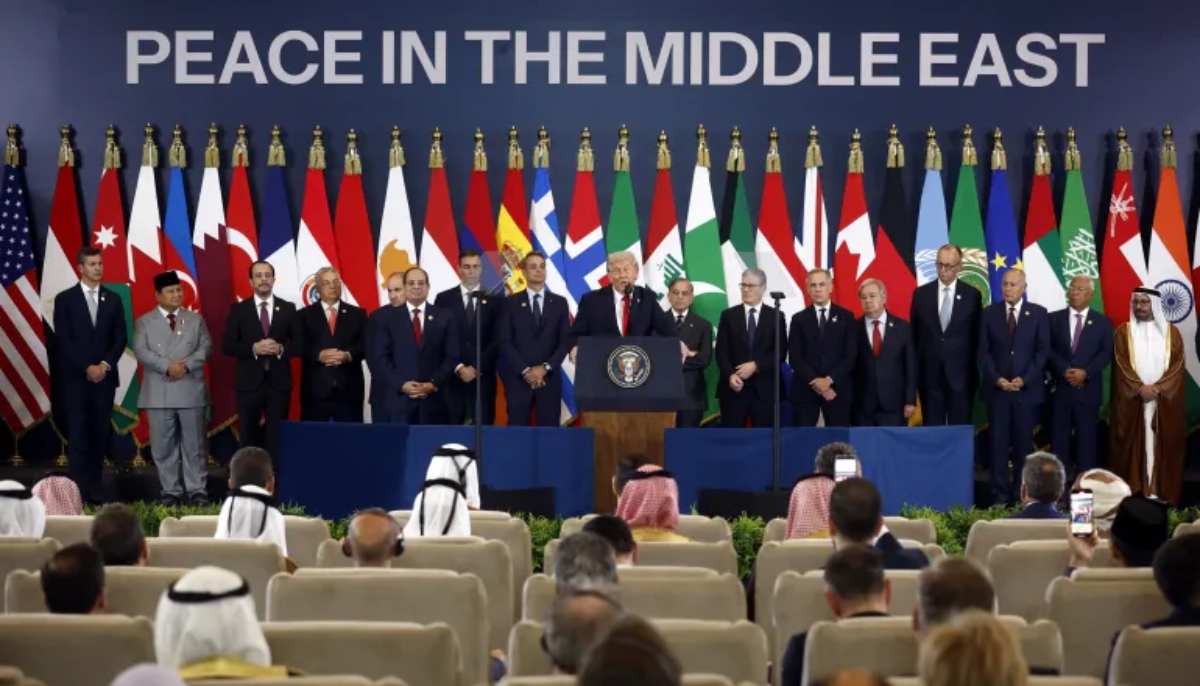
Pakistan has also emerged as one of the most important Muslim nations in seeking a solution to the Hamas-Israel war. These achievements across multiple geopolitical fronts have placed Pakistan at the centre of global power politics and elevated its status as a regional power in South Asia, and to some extent, in the Middle East.
However, not all regional geopolitical shifts favour Pakistan, and the country cannot afford to be oblivious to them. The recent toppling of KP Sharma Oli’s government in Nepal—a government largely perceived as unfriendly to India—by angry Gen Z protestors who overran the parliament, has put its neighbours on alert. Gen Z-driven revolutions could also emerge in other South Asian countries, including Pakistan.
“While there is a real possibility of a generational uprising or ‘revolution’ driven by Gen Z in Pakistan, whether it occurs and whether it destabilises the country further depends on a complex interplay of political, social, technological, and international factors. From a demographic perspective, Pakistan is ripe for generational change.
“With over 60% of its population under the age of thirty, the youth demographic constitutes a powerful potential force for transformation.
“What makes Gen Z distinct in Pakistan is not just their numbers but also their exposure to global social media, technology, and new norms of behaviour.
“They are more aware of issues like corruption, unemployment, gender rights, climate change, and are less willing to accept existing systems without question.
“Therefore, the ingredients of discontent, combined with connectivity, mean that a youth-led movement is plausible,” Jaffery concluded.
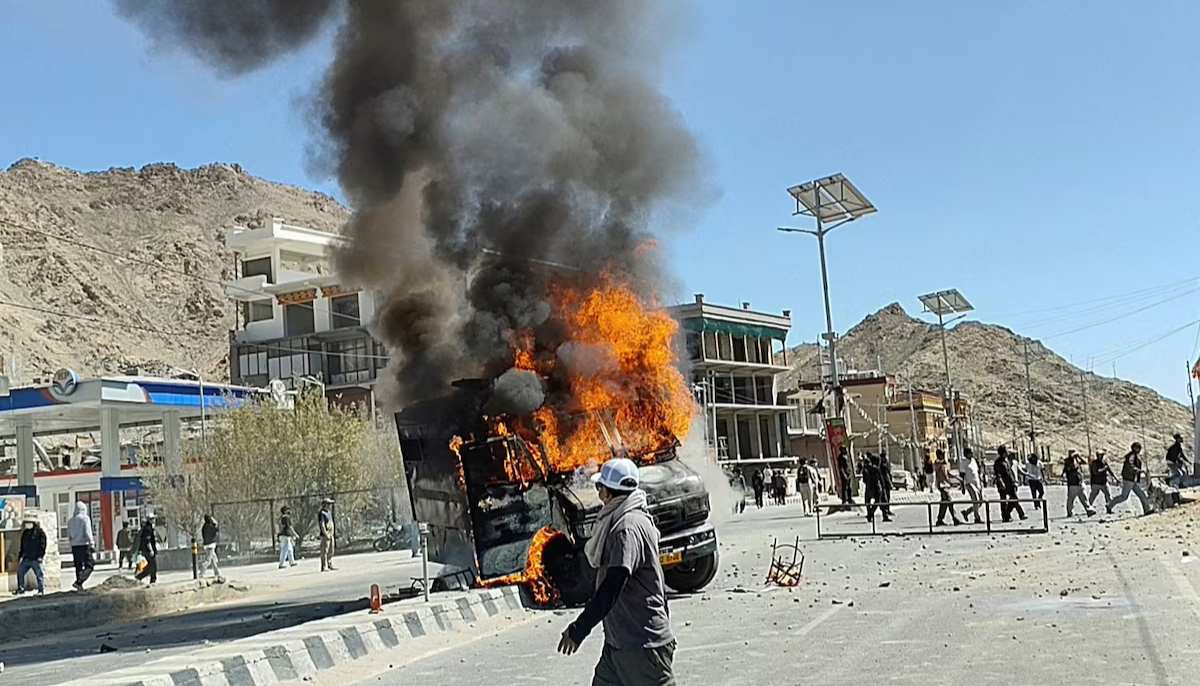
In late September, protests erupted in Ladakh, in the part of Indian Illegally Occupied Jammu and Kashmir region. Shortly after, unrest also spread across Azad Jammu and Kashmir, where demonstrations turned violent before eventually calming down once Islamabad agreed to the protesters’ demands. It is a region where both Pakistan and India have always suspected the other of stirring trouble, so any agitation immediately raises eyebrows on both sides of the divide.
However, the place that matters most to Pakistan, strategically and historically, is Afghanistan. The two countries share a border stretching roughly 2,600 kilometres, and instability there has rarely stayed contained. Militants, from groups such as the India-sponsored Tehreek-e-Taliban Pakistan (TTP), still slip across and strike Pakistan’s security forces. For years, Pakistan supported the Taliban’s interim setup, the Islamic Emirate, on international forums. That goodwill has frayed. Arguments over how to deal with the TTP, and repeated cross-border clashes along the historical Durand Line, have pushed both sides into a tense phase, with the most serious flare-ups taking place fairly recently.
Adding to the strain is the Afghan Taliban regime’s visible outreach to India. The Afghan foreign minister, Amir Khan Muttaqi, travelled to India, and New Delhi’s technical mission in Kabul has now been granted embassy-level status. For Pakistan, it is a bitter turn. After all, Pakistan hosted millions of Afghans through decades of war and played a crucial role in the Taliban’s eventual return to Kabul.
Afghanistan has long been the arena for global rivalries, and many observers believe another version of the “Great Game” is unfolding.
Pak–Afghan affairs analyst Salman Javed says there is effectively a new Great Game happening in Afghanistan and big powers like China, Russia and the US are all involved, and regional countries like Iran, Saudi Arabia, the UAE, and Qatar, also have stakes.
“When so many actors enter the same space, tensions and overlaps are bound to follow. Whatever happens, whether cooperation or conflict, Pakistan feels the impact directly because of geography.”
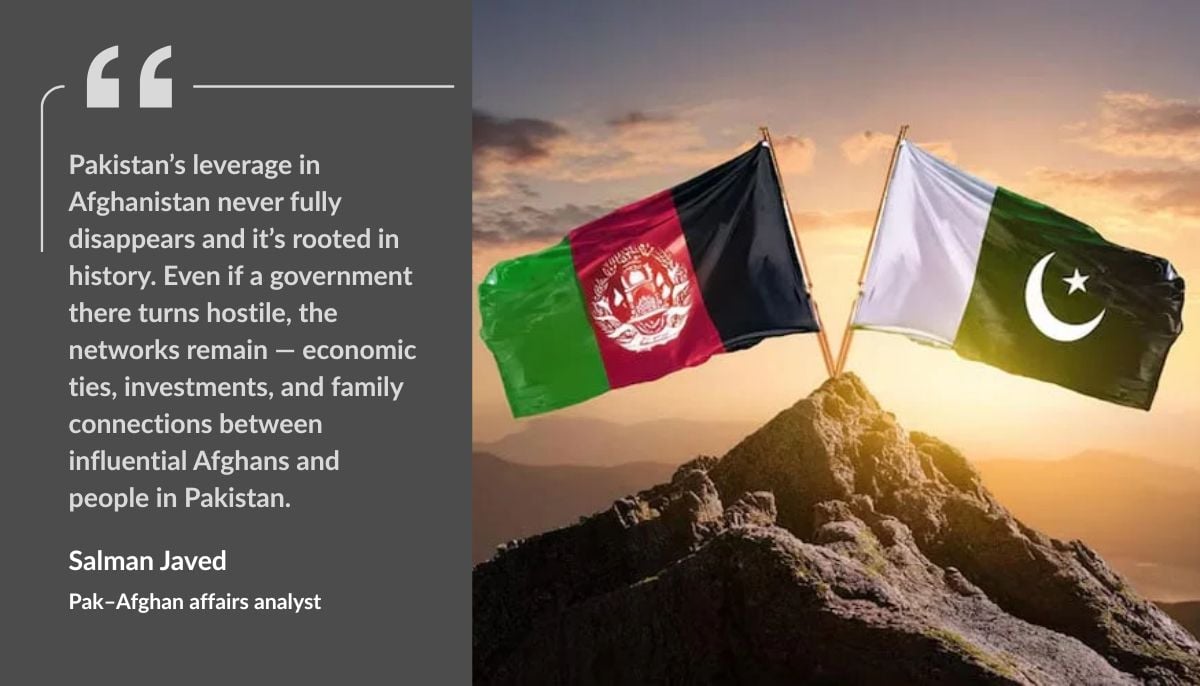
Some analysts have argued that with the Taliban warming up to India, Pakistan may have lost its only real leverage in Afghanisan; however, others disagree.
“Pakistan’s leverage in Afghanistan never fully disappears and it’s rooted in history. Even if a government there turns hostile, the networks remain — economic ties, investments, and family connections between influential Afghans and people in Pakistan.
“Pakistan’s influence has traditionally been stronger than India’s; India only outmanoeuvres Pakistan when it throws huge amounts of money at the problem and Pakistan has never used its position to destabilise Afghanistan, its sole aim has been to ensure Kabul is friendly enough that Afghan soil isn’t used against Pakistan,” Javed added.
With shifts unfolding across the region, some favourable, many unpredictable, Pakistan will have to handle each development with caution. Every change brings its own mix of risks and openings, and none of them can be taken lightly.
Osama Ahmad is a staffer at Geo News. He posts on X @OsamaAhmad432
Header and thumbnail illustration by Geo.tv



